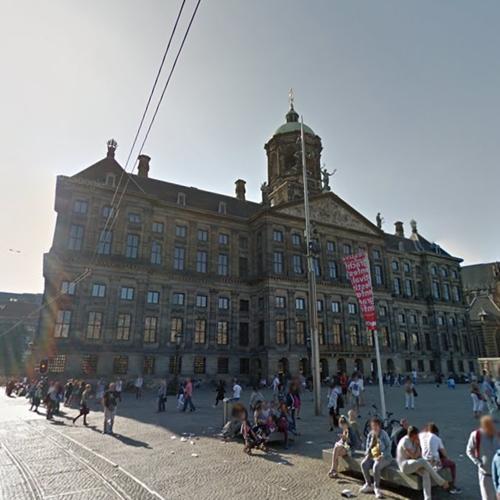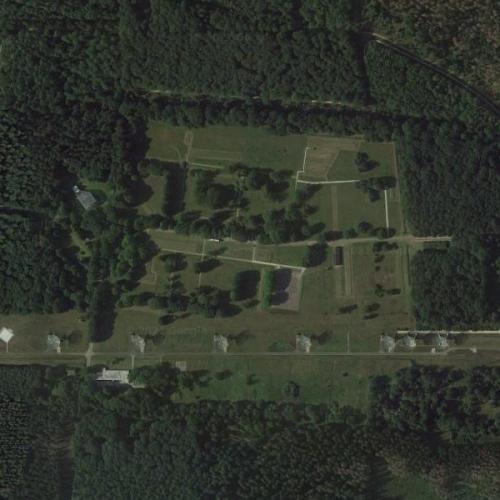Annelies “Anne” Frank was born on June 12, 1929. She started out as every other youth, carefree and full of dreams for her future. But by the time she died before her 16th birthday, she had gone through what no one should have to. Because she wrote down her experiences, as well as her thoughts, dreams, and fears, the world knows more about the Holocaust.
Let’s take a deep dive into Anne’s life, and learn more about how the world can be torn apart by hate, and that each person matters.
Frankfurt, Germany
Anne Frank was born in Frankfurt, Germany, on June 12, 1929. She had a happy childhood, in spite of the tumult developing in her native country.
The Frankfurt Cathedral in downtown Frankfurt is near the clinic where she was born. The famous cathedral is a central landmark of the city, and has played an important role both religiously and culturally for eight hundred years.
The church’s 328 foot tower was added in the 1500s, and is one of most striking architectural features in the city. Visitors can climb the 328 stairs to the top, to enjoy a vista of the ancient German city.
Amsterdam, Holland
Due to political unrest in Germany and increasing hostility against Jews, the Frank family fled to Holland, now known as the Netherlands in 1933. Otto, Anne’s dad, was able to start a business, and the family settled into their new lives.
Close to Otto’s business and in the heart of downtown, the Royal Palace is a major landmark. It was built in the 1600s, and turned into a palace by Napoleon’s brother, King Louis Napoleon, in 1809.
Those who visit and enjoy the architecture and beauty of the palace and adjacent Dam Square can think that Anne may have walked the same streets during happier days in Amsterdam.
The Secret Annex, Amsterdam, Holland
In July 1942, Anne and her family were forced to hide in a hidden apartment in the building of her father’s business. For the next two years and one month, the family of four, plus four others, were crammed into a 450 square foot area.
There, Anne wrote in a journal she’d received for her birthday. Her thorough document what it was like as a Jew under Hitler’s rule, and about life in hiding. She also wrote eloquently about her dreams of being a writer, as well as other feelings about boys, love, and life in general.
On August 4, 1944, the entire group was discovered and arrested, along with the people who helped them on the outside.
Camp Westerbork, Holland
After being discovered by the Nazis, Anne and the other hiding with her were taking to Camp Westerbork. The camp had originally been created to house Jewish refugees coming into the Netherlands. However, it was taken over when the Nazis invaded.
The camp was used as a transit camp, taking Jews captured in Holland and preparing them to be shipped to other concentration camps throughout conquered Nazi territory.
The camp had a hair salon, school, restaurants, and other facilities designed to give the Jews a false sense of security and make them easier to control as they were selected to be sent to work camps or death camps. Over the course of the war, nearly 100,000 individuals passed through the camp, nearly all of them sent to their eventual death at a concentration camp.
Auschwitz-Birkenau, Poland
On September 3, 1944, Anne and the others arrested from the Annex were put on trains and shipped to Auschwitz-Birkenau. When the group arrived in the camp, they were separated, tattooed, and put to work doing hard labor for the Nazis.
Auschwitz was a group of more than 40 camps divided into work and extermination camps, and were the site of more than one million deaths at the hands of the Nazis. They were opened in 1940, at the start of Hitler’s attack on Jews, Roma, homosexuals, and those who didn’t conform to his fascist policies.
The camps were liberated on January 27, 1945, by Soviet troops. But by that time, most of the prisoners, including Anne, her sister Margot, had been moved to other camps to keep working for the Nazis. Anne’s mother, Edith, passed away from starvation at Auschwitz on January 6, just days before the camp was liberated.
Bergen-Belsen Concentration Camp, Germany
Anne and Margot were shipped to Bergen-Belsen in northern Germany. It was originally a prisoner of war camp, but turned into a concentration camp as the war progressed.
Anne and Margot were forced to live in unsuitable conditions and work as slave labor. Margot and Anne died in February 1945, likely of typhus, which was raging in the camp at the time. Their actual death dates and causes of death are not known, but speculated based on interviews with friends and bunk mates.
Only two months later, the camp was liberated by British soldiers, on April 15, 1945.
Memorial at Bergen-Belsen
There is a memorial to Margot and Anne Frank at Bergen-Belsen. It is in the shape of a tombstone, with their names, and birth and death years.
The memorial is covered with small stones, which is meaningful in the Jewish tradition. Putting stones on the grave is a way of helping the soul find rest, and reminds the world that, although one is dead, they will not be forgotten.
After the war, Otto Frank returned to Amsterdam and collected the few belongings that had been saved after the raid on the hiding place. Among the items was Anne’s diary. Otto published the journal in 1947.
“The Diary of a Young Girl” has done more to educate people about the Holocaust than perhaps any other piece of work. Published in more than 70 languages, it also fulfilled Anne’s childhood dream of becoming an author and journalist.
Anne’s journal helps us all to never forget the tragedy of the Holocaust. It is only by remembering that we can ensure that it will never happen again.






